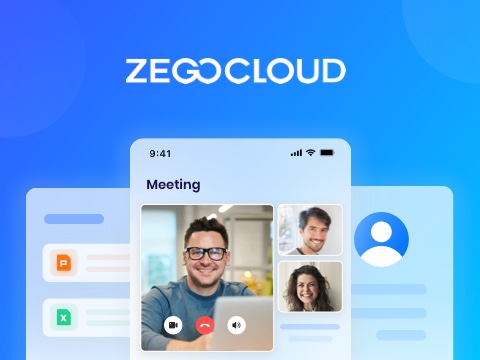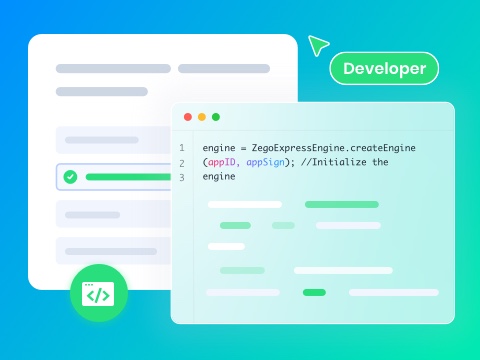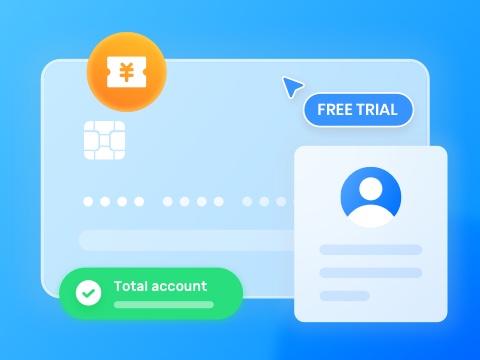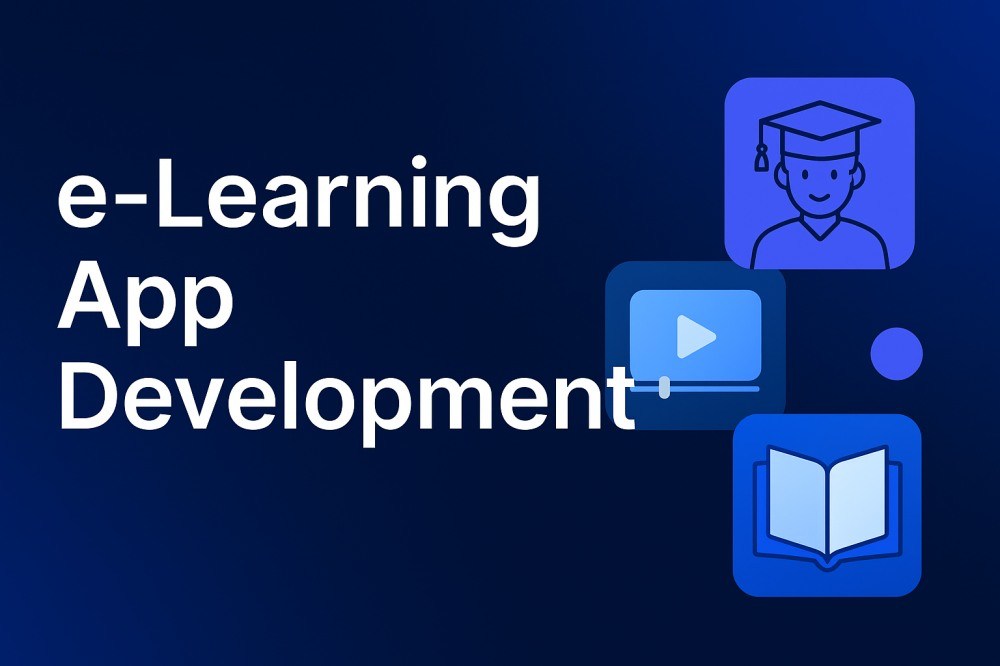The international e-learning industry is estimated to have been worth 250 billion in 2020 and is expected to hit the figure of almost 458 billion in 2026. Therefore, there has never been a high demand for smart and engaging online learning platforms. Whether catering to lifelong learners or corporate training, having knowledge of e-learning app development is increasingly necessary. Hence, read this guide and stay relevant in the evolving digital education landscape.
E-Learning Mobile App Market Trends
With the increasing need for accessible education, e-learning application development is at the forefront of the digital learning revolution. Therefore, the following is a recent market trend, growth factors, analysis of integrating technology, regional analysis, and prospects:
- The mobile e-learning market in the world was worth 68.36 billion dollars in 2023, and is estimated to grow to 254.52 billion dollars by 2032 at a CAGR of more than 30%.
- By 2024, the global number of smartphone users is projected to reach approximately 4.88 billion, further driving mobile e-learning adoption.
- Not to mention, 90% of companies now incorporate mobile e-learning in their training programs.
- Besides, many researchers believe that AI-powered personalization and gamification can improve learner retention by up to 60%.
- Bearing the type, among all regions, North America holds the largest share of the mobile e-learning market, accounting for over 34% of global usage.
Types of Educational Mobile Apps
If you want to be a part of an e-learning app development company, you need to have an idea of application types. Therefore, this section covers the main kinds of education apps along with their growing demand and benefits.
1. Language Learning Apps
Language learning applications assist children in adopting new languages using gamification, voice recognition, and individualized learning paths. To this end, such methods as interactive lessons, quizzes, and practice exercises are essential.
Thus, on this basis, these apps are flourishing and will hit a milestone of $69.3 billion by 2027. We may speak about such popular websites as Duolingo, Babbel, and Rosetta Stone, which are aimed at young and adult learners of various levels.
2. Learning Management System (LMS) Apps
The mainstay of digital classrooms is LMS apps, and they encompass Google Classroom, Canvas, and Moodle. Thus, given such massive use, 90% of all institutions of higher learning in the world possess some form of LMS to deliver content and course management.
They are now widespread in schools, universities, and training centers in corporations. Consequently, they aid in course scheduling, homework, tracking, and teacher-student communication.
3. Online Course & MOOC Apps
These are learning systems that provide access to structured courses, created by universities, industry experts, and institutions. Therefore, they use video lectures, quizzes, peer discussions, and certificates in a wide variety of topics, including business. Internationally, there are some such as Coursera, edX, and Udemy that allow learners to study at their own pace worldwide and at either no cost or a low cost.
While paying heed to e-learning mobile app development, as per statistics, Coursera alone reported 124+ million registered users by 2023. Thus, including them, the online course market is expected to generate over \$40 billion in revenue by 2026.
4. Kids’ Educational Apps
Unlike other applications, kids’ apps allow young children to learn necessary skills like reading, math, thinking, and writing. These include interactive games, stories, songs, and animation, which they use to make the learning process enjoyable and easy.
Not to mention, the global kids’ educational app market was valued at 1.2 billion in 2024 and is projected to reach USD 3.5 billion by 2033. In addition, over 50 percent of parents in the U.S, whose children are below the age of 9 years, state that their children use educational applications daily to learn.
5. Brain Training & Skill Development Apps
Such applications emphasize the development of mental abilities, including memory, focus, problem-solving, and critical thinking. The list of interesting apps includes Lumosity, Elevate, and Brilliant, which offer individual training programs.
These approaches adapt to a user’s performance, which helps them improve mental agility and STEM-related skills. Among many, right now, Brilliant.org, for example, has attracted millions of users globally who are keen on sharpening analytical and mathematical thinking.
6. Subject-Specific Learning Apps
The goal of this e-learning mobile app is to allow users to become proficient in the chosen field of study, whether it is math, science, coding, or languages. To achieve this, it utilizes focused lessons and tools as its teaching medium. Among the most popular ones are such apps as Photomath, which is used to solve math problems, and Quizlet, which provides flashcards and quizzes on different topics.
Based on this learning model, Photomath has been downloaded more than 100 million times (Photomath), while Quizlet sees usage from 50+ million students and educators each month.
7. Corporate Training & Professional Learning Apps
In contrast to student apps, the primary purpose of these applications is to allow employees and professionals to acquire new skills, finish training courses, and get certifications. Thus, LinkedIn Learning, Coursera for Business, and Udemy Business belong to this category and offer on-demand courses on leadership, software, marketing, and compliance.
The main benefit of this form of learning is that it allows self-paced learning. Moreover, it usually has functions like tracking, evaluation, and HR analytics. Regarding their usage, according to LinkedIn’s Learning Report, 59% of L&D professionals use mobile learning tools for on-the-go employee training.
Key Features of e-Learning Apps
During the e-learning mobile app development process, many app builders overlook the fact that each app has its unique aspects. Lacking this knowledge, they tend to use approaches and learning methods that don’t match their needs, resulting in a loss. Therefore, for proper app development, this section has listed the main aspects of e-learning apps, ensuring a successful launch.
- Interactive Content Delivery: The e-learning applications include videos, quizzes, animations, and real-time feedback as the medium of teaching to make the learner more involved. Hence, this aspect can help an educator to deliver information more effectively and allow learners to consume it more actively.
- Personalized Learning Paths: Moreover, AI and data analytics enable apps to personalize content to the pace of a learner, his/her preferences, and performance. This not only makes learning effective but also makes the users more engaged as they are presented with content that is within their expertise.
- Gamification Elements: The interaction of students is very important and forms the basis of e-learning application development. Thus, the use of elements like badges, points, leaderboards, and challenges will make the process of learning more entertaining.
- Offline Access & Cross-Device Syncing: To learn anywhere, anytime, in case the app is not giving offline access and compatibility, it is of no use. Therefore, the app developer should ensure that learners can access study materials anywhere in the world.
- Progress Tracking and Analytics: A perfect system is the one that enables users to track learning progress, test scores, and activity logs in real-time. This feedback loop using data also assists in gap identification and in achieving better results.
Benefits of e-Learning Application Development
When a best e-learning app development company makes a learning application, it delivers a feature-rich, scalable, and user-friendly solution. Not just that, it also offers multiple benefits that are listed below:
- Global Accessibility: E-learning applications eliminate the limitations of distance learning, allowing users to receive quality education at any time and from any location. Hence, this renders learning universal and accessible across geographical boundaries and populations.
- Inexpensive Learning: Designing the e-learning applications leads to a reduced cost of capital infrastructure, hard-copy materials, and the time of the teacher. Furthermore, it also ensures that reusable content is affordable to institutions and learners.
- Flexible and Self-Paced Learning: Secondly, users have an opportunity to learn as they like, repeat lessons, and create their schedules. This makes students retain more, as well as serving diverse learning styles.
- Real-Time Performance Monitoring: Teachers and students can monitor their performance in real time, track weak areas, and change the course of action without ever leaving the classroom or lecture hall. This data-driven solution increases personalization and leads to higher levels of learning outcomes.
- High User Engagement: Using interactional tools, learners are occupied with gamification, quizzes, videos, and simulations. Therefore, these features render the learning process enjoyable, and the dropout levels are greatly reduced.
How to Develop Your eLearning App
E-learning mobile app development is not as easy as it seems, as it requires extensive development and e-learning application knowledge. Therefore, instead of wasting hours seeking expert guidance, review the app development tutorial given below:
Step 1. Define Your Goals, Audience & App Type
First, you will have to make a choice of whom you would like to create this application for: kids, young professionals, or corporate employees. This will help you in determining which form of e-learning application you desire to create, whether it is an LLM or MOOC.
Step 2. Plan Features, Monetization & UI/UX Design
Hence, once your goal is set, search for the competitors based on your niche and make a list of features you seek to integrate into your application. During the process, you can consider such capabilities as user registration, video lessons, progress monitoring, and gamification. In addition, select the correct model of monetization, from freemium, subscription, and in-app purchases options, while keeping your focus on an intuitive mobile interface.
Step 3. Choose the Right Tech Stack & Development Team
Note that your e-learning mobile app should have a foundation of technologies like Flutter/React Native for cross-platform apps. To imply that, always hire an experienced development team if you have a budget. Additionally, ensure the backend supports scalability, content management, and secure user data handling.
Step 4. Integrate Real-Time Communication with ZEGOCLOUD
While considering all these aspects, make sure you pick a reasonable platform that offers you API and SDK integration to create a feature-rich app. This means the app should have ideal communication models where teachers and students can communicate freely. Thus, to cater to this, ZEGOCLOUD offers you voice call, video call, in-app chat, and live streaming SDKs.
Step 5. Test, Launch & Continuously Improve
When everything is added, test the application in terms of bugs, usability, and cross-device performance. Therefore, to do that, it is preferable to introduce a beta version to gather feedback and improve features. Above all, after launch, continuously publish, bug-fix, and add improvements according to user behavior and analytics.
How Much Will Developing an E-Learning App Cost You
If you’re considering e-learning mobile app development, ensure you meet your budget needs and create an app without overspending. Hence, to help you with that, we have completed the rough development cost with all features in the sequential table:
| Category | Basic App (MVP or Single Platform) | Mid-Level App (Cross-Platform, Interactive) | Advanced App (Custom Features, AI, AR/VR) |
|---|---|---|---|
| Estimated Cost (USD) | $25k – $60k | $60k – $120k | $70k – $300k+ |
| Development Time | 2 – 3 months | 4 – 6 months | 6 – 12+ months |
| Platforms | Android or iOS | Android + iOS + Web | Full-stack (Mobile + Web + LMS integration) |
| Core Features | Login, course list, video playback, quiz | Live classes, offline access, progress tracking | AI tutors, AR/VR modules, real-time analytics |
| UI/UX Design | Simple interface | Custom branding and animations | Advanced UI/UX with transitions & microinteractions |
| Backend Infrastructure | Basic database and content storage | Cloud storage, APIs, and user management | Advanced cloud services, CDN, LMS integration |
| Admin Panel | Basic content upload | Course management, user tracking | Multi-role admin dashboard with analytics |
| Third-Party Integrations | Minimal or none | Payment gateway, push notifications | LMS APIs, Zoom SDK, AI libraries, language APIs |
| Team Required | 1–2 devs, 1 designer | 3–5 members (PM, frontend/backend devs, QA) | Full team (PM, BA, UI/UX, mobile/web devs, QA) |
| Maintenance Cost (yearly) | $2,000 – $5,000 | $5,000 – $15,000 | $15,000+ |
| Location Impact | Asia: Lower cost US/EU: Higher cost | Asia: $35/hr US/EU: $75–150/hr | Custom rates depending on agency or in-house |
Building Interactive E-Learning Mobile Apps with ZEGOCLOUD
For e-learning application development, if you want to have a communication-rich feature, ZEGOCLOUD offers you 20+ UIKits and innovative APIs. Hence, using UIKits, developers can create an intuitive interface while integrating the video call SDK, which ensures 4K video display with a low latency of 300ms. Besides, this API offers direct and group call facilities along with a call invitation feature to let others join the learning sessions.
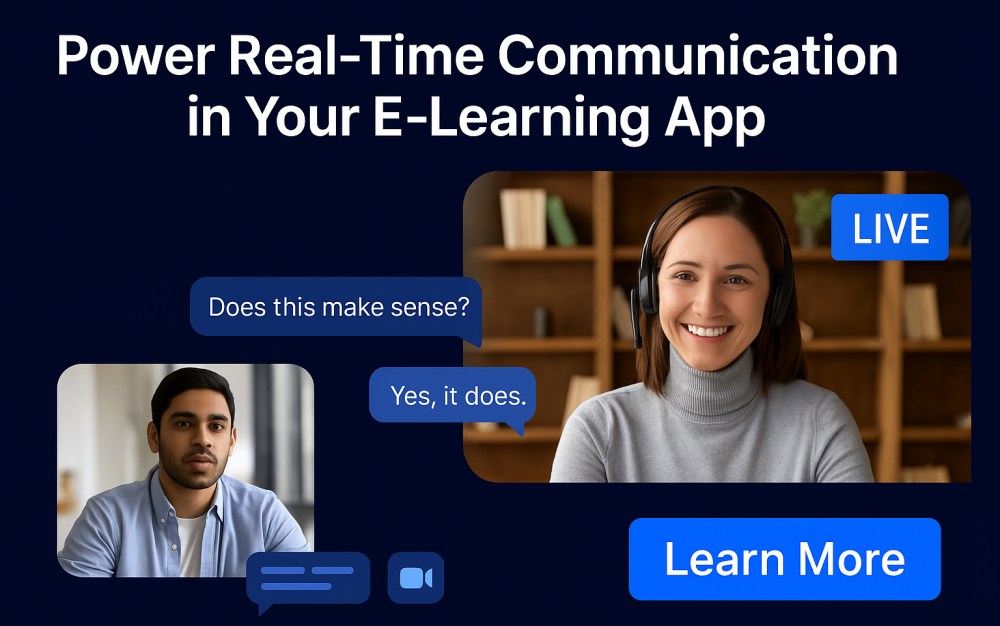
ZEGOCLOUD offers an audio call SDK that offers 48kHz audio quality to deliver a high-fidelity audio experience. The foremost aspect is that teachers can integrate 10,000 participants while offering app access on 15,000+ devices across all OS. For those who prefer non-verbal communication, this platform provides an in-app chat API that allows introverts to express themselves freely.
Hence, users can share files with a media attachment feature while creating public channels. Using all these features, both teachers and students can communicate easily due to a 200ms lag-free performance. Besides, in terms of presentations and seminar hosting, embed its Live Streaming API in your e-learning application. With this, instructors can invite guests, share screens, and record sessions with VOD, all while offering global access in 212 countries.
Conclusion
Summing up, e-learning app development is becoming the center of attention due to the growing demand for online education. Hence, this guide has offered you detailed guidance on how to create an app while bearing the development cost and process in mind. While doing so, we recommend using ZEGOCLOUD to create a competitive e-learning app.
FAQ
Q1: How to build an eLearning app?
To build an eLearning app, start with defining your target audience, core features like video lessons, live streaming, and in-app chat. Then, choose the right tech stack and integrate scalable APIs like ZEGOCLOUD for real-time video and audio communication.
Q2: How to create an online teaching app?
Creating an online teaching app involves planning interactive features such as virtual classrooms, quizzes, and content management. You can use SDKs like ZEGOCLOUD to add HD video calls, screen sharing, and messaging to enhance the teaching experience.
Q3: How to build an EdTech app?
Building an EdTech app requires a combination of educational content, intuitive UI, and robust communication tools. Using real-time APIs for video, audio, and live streaming ensures better student-teacher engagement and scalable performance.
Q4: What is eLearning development?
eLearning development is the process of creating digital learning platforms or applications. It includes designing content, developing interactive features, and integrating technologies like live video and chat APIs to support online education effectively.
Let’s Build APP Together
Start building with real-time video, voice & chat SDK for apps today!



